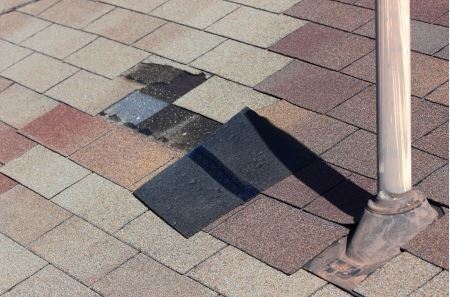 Foreclosed homes can typically be bought for a “better” price than a non-foreclosed home. Think about it this way: the home, at one time, was utilized and loved. Now, however, it’s most likely owned by a bank just looking to get rid of it. This could be a very good deal for the right buyer.
Foreclosed homes can typically be bought for a “better” price than a non-foreclosed home. Think about it this way: the home, at one time, was utilized and loved. Now, however, it’s most likely owned by a bank just looking to get rid of it. This could be a very good deal for the right buyer.
Most foreclosed homes end up being unoccupied for quite some time. What happens to homes when no one’s around to maintain them? Things can go wrong. Boarded up homes don’t have air circulating through them. No one’s there to open the doors and windows frequently. Pipes can burst. Toilets can clog. Rodents can chew through wires. Holes in the roof can form, letting in water leading to ceiling damage… and the list goes on and on.
First Choice Inspectors offers a service you might consider when in the process of buying a foreclosed home. First Choice can do a foreclosed home inspection so you’ll know exactly what you’re getting into before you’ve made the big purchase. You’ve heard the term “better safe than sorry,” right? This is true in this case, for sure.
Having a foreclosed home properly and professionally inspected allows a buyer to have better peace of mind than just buying the property “as is” and “hoping for the best.” An inspection lets you know if the purchase is truly a worthwhile deal or a money pit that’s not worth the headaches!
First Choice Inspectors, LLC, offers the best property inspection and house inspections in Chicago, Illinois, and its surrounding areas including Hoffman Estates. Email info@firstchoiceinspectors.com for more information about having a foreclosed home inspected before you sign on the dotted line to buy it. It’s better to know any problems with a home before you buy it than to discover them unexpectedly at inopportune times once you’re moved in and are just trying to relax after moving all your boxes and furniture and “stuff” into the new place.
 Just like carbon monoxide, you cannot see, smell or taste a radioactive gas called radon.
Just like carbon monoxide, you cannot see, smell or taste a radioactive gas called radon. Chicago is known as “The Windy City,” and indeed it is. Wind as well as the sometimes brutal winter weather can really take its toll on area roofs.
Chicago is known as “The Windy City,” and indeed it is. Wind as well as the sometimes brutal winter weather can really take its toll on area roofs. When owning a home, there are many cautions that should be taken to keep you and your family safe. Carbon monoxide, an odorless, colorless toxic flammable gas, is often emitted as part of the fumes of fuel. Difficult to detect, this poisonous gas can be leaked from cars, stoves, fireplaces, grills, furnaces and more. Many people believe that carbon monoxide build up is primarily a concern in the winter months when doors and windows are closed, but deadly levels can build up in the summertime, too.
When owning a home, there are many cautions that should be taken to keep you and your family safe. Carbon monoxide, an odorless, colorless toxic flammable gas, is often emitted as part of the fumes of fuel. Difficult to detect, this poisonous gas can be leaked from cars, stoves, fireplaces, grills, furnaces and more. Many people believe that carbon monoxide build up is primarily a concern in the winter months when doors and windows are closed, but deadly levels can build up in the summertime, too. First Choice Inspectors regularly inspects homes in the Chicagoland area. A standard home inspection looks for structural or mechanical defects. An inspector is trained to look for construction mistakes and shortcuts, as well as potential problems in a home.
First Choice Inspectors regularly inspects homes in the Chicagoland area. A standard home inspection looks for structural or mechanical defects. An inspector is trained to look for construction mistakes and shortcuts, as well as potential problems in a home. Perhaps the best benefit of buying a foreclosed home is its price. Because it’s foreclosed, someone or some entity, like a bank, is trying to get rid of it. Therefore, they’re willing to sell it at a bargain price. Many people have enjoyed buying foreclosed homes that were once selling for, say, $400,000 for…$150,000. Now that is a bargain! It’s a way to move into a desirable neighborhood for a fraction of the price others had to pay to be there.
Perhaps the best benefit of buying a foreclosed home is its price. Because it’s foreclosed, someone or some entity, like a bank, is trying to get rid of it. Therefore, they’re willing to sell it at a bargain price. Many people have enjoyed buying foreclosed homes that were once selling for, say, $400,000 for…$150,000. Now that is a bargain! It’s a way to move into a desirable neighborhood for a fraction of the price others had to pay to be there.


